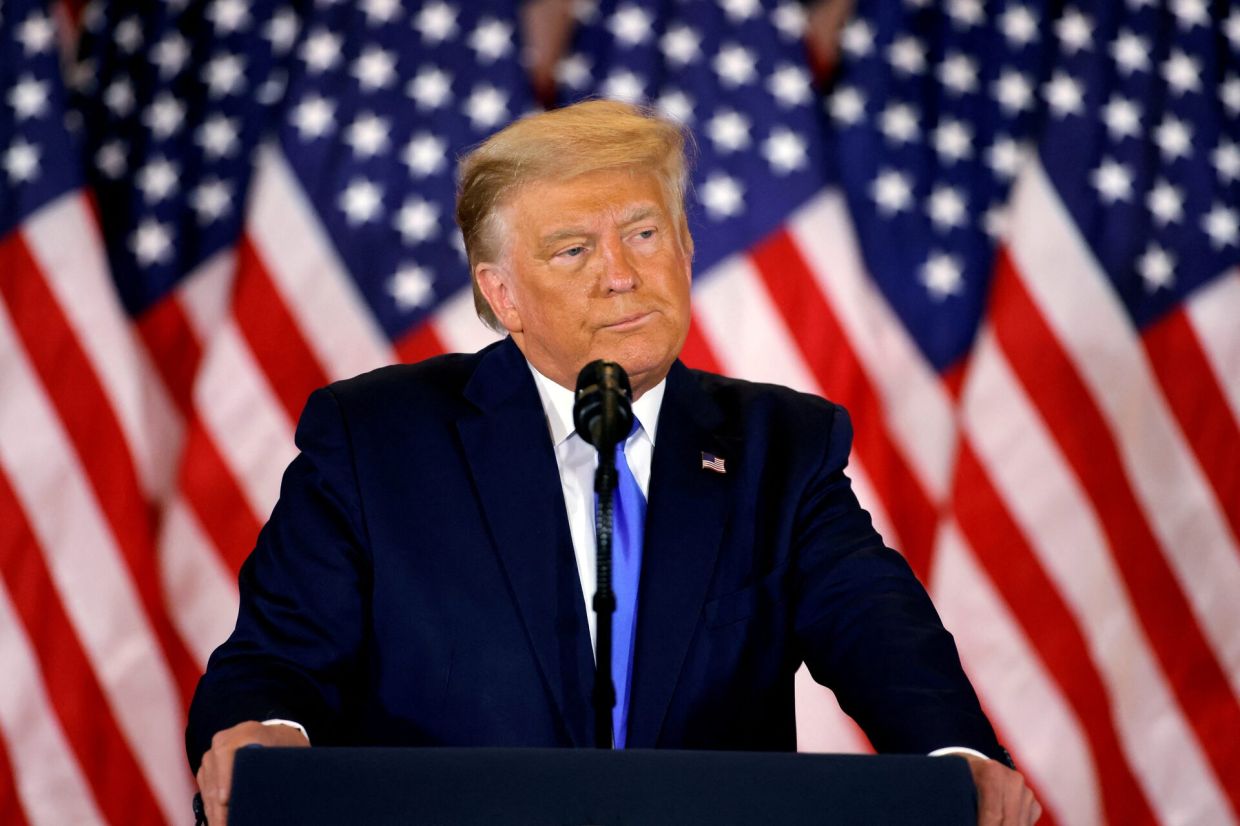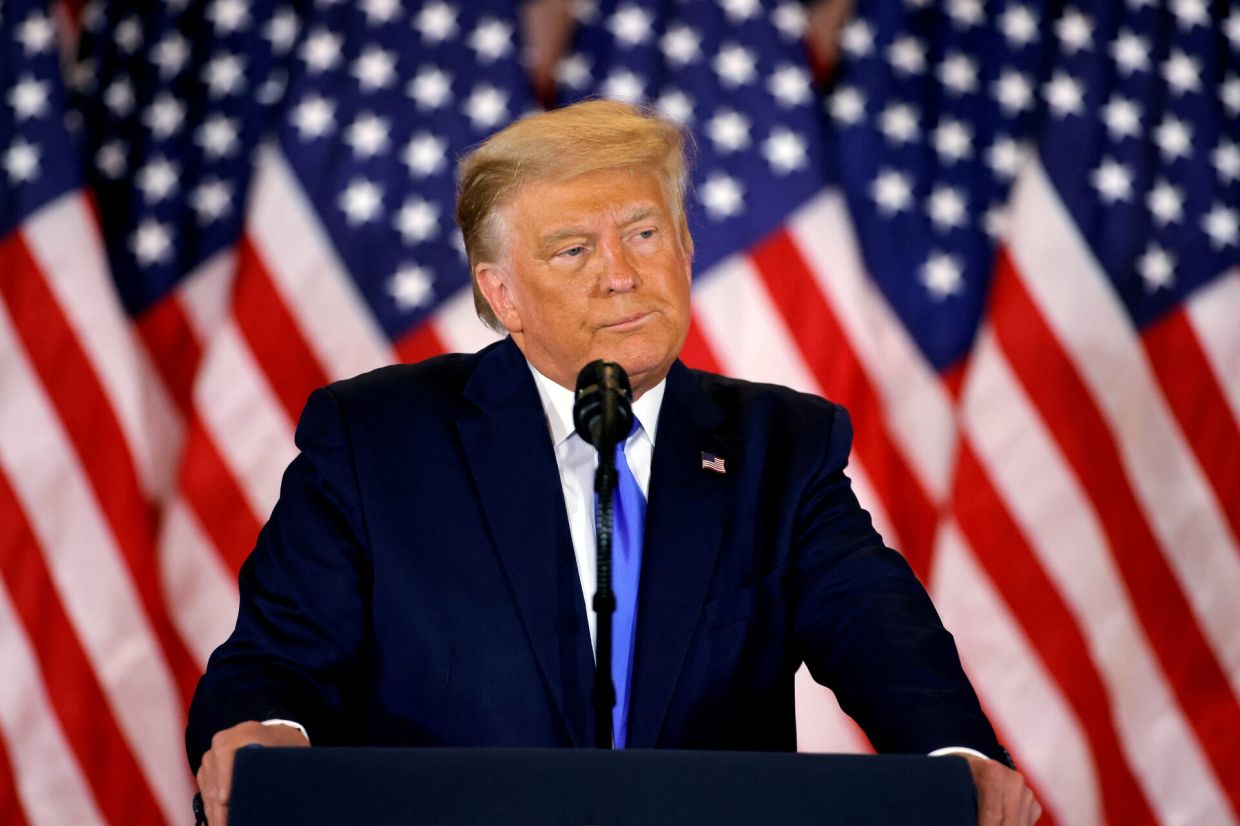
LONDON (Reuters): Global shares tumbled on Friday (Aug 1) after the United States slapped dozens of trading partners with steep tariffs, while investors anxiously awaited US jobs data that could make or break the case for a Federal Reserve rate cut next month.
The pan-European STOXX 600 fell 1.3%, taking its weekly fall to almost 2%, which would be its biggest weekly drop since US President Donald Trump announced so-called reciprocal tariffs on April 2.
Both Nasdaq futures and S&P 500 futures were down around 1%.
Late on Thursday, Trump signed an executive order imposing tariffs ranging from 10% to 41% on U.S. imports from foreign countries and territories. Rates were set at 25% for India’s US-bound exports, 20% for Taiwan’s, 19% for Thailand’s and 15% for South Korea‘s.
He also increased duties on Canadian goods to 35% from 25% for all products not covered by the US-Mexico-Canada trade agreement, but gave Mexico a 90-day reprieve from higher tariffs to negotiate a broader trade deal.
“The Aug 1 announcement on reciprocal tariffs is somewhat worse than expected,” said Wei Yao, research head and chief economist in Asia at Société Générale.
Market reaction was not as volatile as April’s global asset declines, she added. “We are all getting much more used to the idea of 15-20% tariffs being manageable and acceptable, thanks to the worse threats earlier.”
MSCI’s broadest index of Asia-Pacific shares outside Japan fell 1.5%, bringing the total loss this week to roughly 2.7%.
Japan’s Nikkei closed 0.7% lower, Chinese blue chips ended 0.5% down, and Hong Kong’s Hang Seng index lost more than 1%.
On Thursday, Wall Street failed to hold onto an earlier rally. Data showed US inflation picked up in June, with new tariffs pushing prices higher and stoking expectations that price pressures could intensify, while weekly jobless claims signalled the labour market remained on a stable footing.
Fed funds futures imply just a 45% chance of a rate cut in September, compared with 65% before the Federal Reserve held rates steady on Wednesday, according to LSEG data.
Much now will depend on the US jobs data due later in the day, and any upside surprise could price out the chance for a cut next month. Forecasts are centred on a rise of 110,000 in nonfarm payrolls in July.
“Fed Chair Jay Powell has placed greater emphasis on the unemployment rate, which is expected to rise marginally from 4.1% to 4.2%,” said ING FX strategist Francesco Pesole.
“Hardly enough to sound the alarm on the jobs market.”
The greenback found support from fading prospects of imminent US rate cuts, with the dollar index up 1.5% this week against its peers to 100, in the biggest weekly rise since September 2022.
The yen weakened past 150 per dollar for the first time since April. The Bank of Japan held interest rates steady on Thursday and revised up its near-term inflation expectations, but Governor Kazuo Ueda sounded a little dovish in the press conference.
Two-year Treasury yields fell one basis point to 3.9449%, while benchmark 10-year yields rose 3 basis points to 4.388%, after slipping 2 bps the day before.
In commodity markets, oil prices continued to fall after a 1% plunge on Thursday. Brent fell 1% to US$70.97 per barrel, while U.S. crude fell 1% to US$68.53 per barrel.
Spot gold rose 0.3% to US$3,298 an ounce. – Reuters






